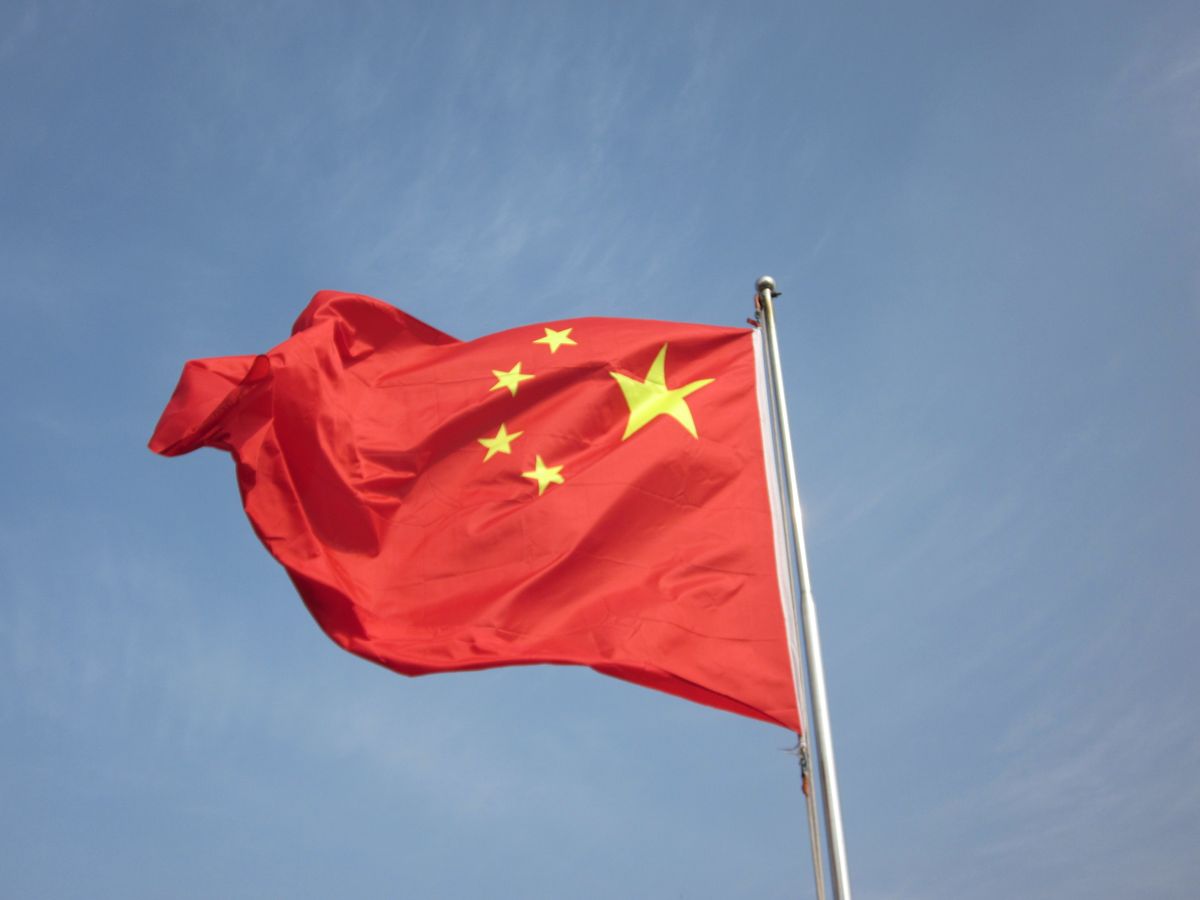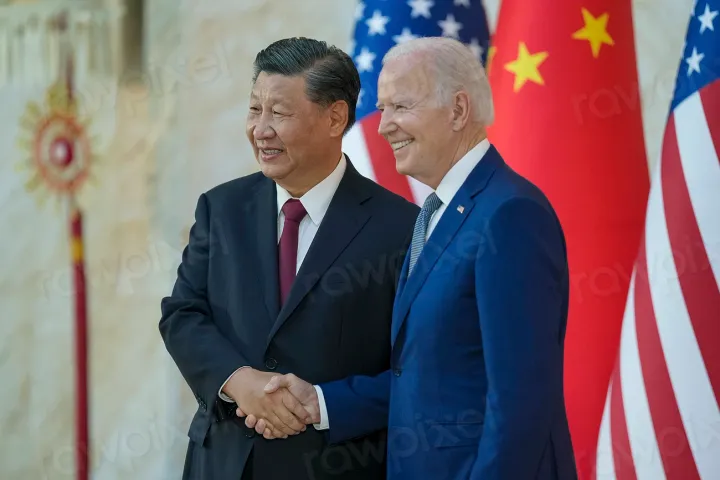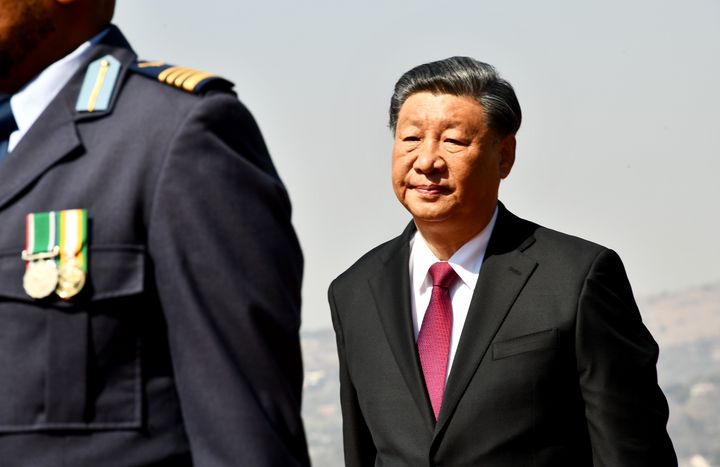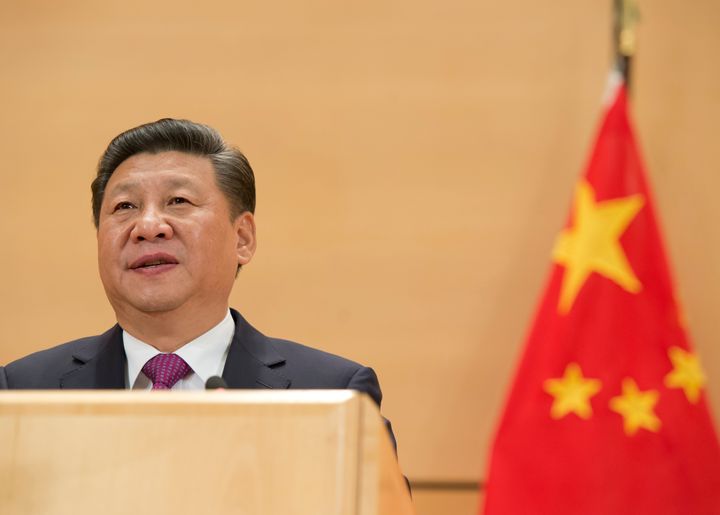Beijing attributes expanding US economic gap to high inflation, strong dollar

China has attributed last year’s growing economic gap with the U.S. to inflation and exchange rate factors, South China Morning Post reported on Monday.
Despite increased containment measures from Washington, including export controls on critical tech components, China remains confident in meeting its 2023 growth targets and long-term development objectives.
Zhao Chenxin, Deputy Chairman of the National Development and Reform Commission (NDRC), stated on Monday that the U.S. rate hikes had an impact on the yuan exchange rate, which consequently decreased the size of China's GDP in U.S. dollar terms.
Based on data from the International Monetary Fund (IMF), the gap in GDP between the two countries has decreased from $11 trillion in 2007 to $5.25 trillion in 2021, according to calculations by the Post. China faced minor setbacks in 2015-2016 due to the rapid depreciation of the yuan and again in 2019 due to the U.S. trade restrictions.
The rise in U.S. consumer inflation by eight percent last year caused the nominal GDP gap to widen. While the U.S. economy grew by 9.2 percent to $25.46 trillion in 2022, real GDP only increased by 2.1 percent, South China Morning Post reported based on the U.S. Bureau of Economic Analysis.
Last year, China’s economy expanded by three percent to reach 121 trillion yuan ($17.4 trillion). However, businesses suffered from the zero-COVID policy, and the growth rate was lower than the government's target of "around 5.5 percent" and was the second-lowest in 46 years.
Although there was a slight improvement after the easing of the zero-COVID policy in December, there are concerns about the country's long-term prospects as the economy faces several challenges, including lower foreign demand, reduced household consumption, a declining demographic dividend, and technological obstacles, the Post reported.



